“The thoroughbred exists because its selection has depended, not on experts, technicians, or zoologists, but on a piece of wood: the winning post of the Epsom Derby. If you base your criteria on anything else, you will get something else, not the thoroughbred.”
THIS famous quote is rolled out this time of the year, every year, from Italian breeder Federico Tesio, whose assessment of the mile-and-a-half classic has aligned with the attitude of many for decades. But, these days, does that sentiment hold true?
Sadly, probably not. And it’s difficult to admit that because, like so many, I love the Derby and everything about the test that its mile and a half around Epsom presents.
The Derby is a sensational spectacle that in years gone by has lived up to its billing as the ultimate test of a thoroughbred but, in more recent times, the race aligns worryingly with the FA Cup, once an institution, even on these shores, but now a shadow of what it once was and meant.
Sure, the glorious tradition is there, and we can reminisce about previous winners for years to come. It’s 40 years since Shergar, 20 since Galileo, even the race 10 years ago was iconic when Mikael Barzalona stood upright in his irons on Pour Moi, waving to the crowd before the race was won. But the bones of the modern day offering just don’t match the history. Because, just like the FA Cup, the Derby is not as important as it once was for various reasons in an evolving industry.
So where is the Derby at now? With a new sponsor, Cazoo, which is a huge fillip for the race, it seems as good a time as any to take stock.
Wednesday
It was interesting to hear both William Haggas and Roger Varian supporting the idea of moving the race back to its traditional slot on a Wednesday so that the race could receive proper national coverage with less competition from other major sports on a Saturday.
Varian was also interesting when he opined that the race’s perceived overall value hasn’t decreased from those inside the industry. He said: “To me the Derby hasn’t lost its status within the industry but maybe as a public race, it has lost something. It’s how you go about competing with other sports on a Saturday and if it was mooted to comeback on a Wednesday, it would be an interesting idea.”
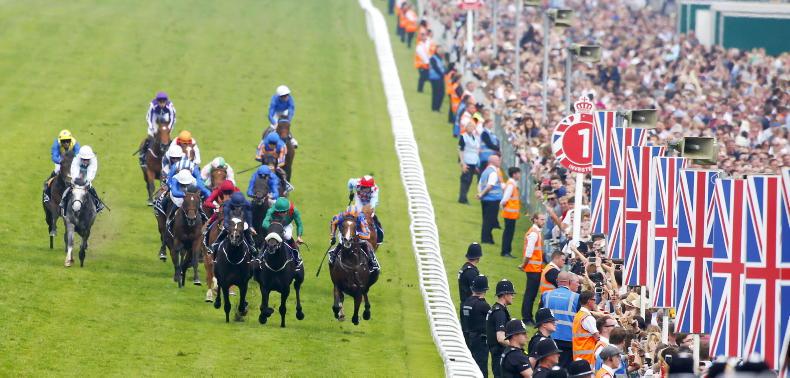
While the Derby is still a hugely popular race with racing fans in general, if you delve deeper into the industry, it is off the mark to suggest that many breeders and owners still hold the classic as their number one aim.
To illustrate this, you need only look to the current top five first season sires in 2021 who each never raced beyond six and a half furlongs. The tilt towards speed and precocity continues to become more pronounced.
Speed sells and is seen as a safer bet for many breeders and buyers more and more these days, rather than a Derby or stayer type, where if your colt is one of the very few that emerge as a viable contender, then they have to take on the might of Coolmore and Aidan O’Brien.
Coolmore’s all encompassing strategy to win the race - they’ve won six of the previous nine renewals and could have six horses running this Saturday - is a double-edged sword of sorts. 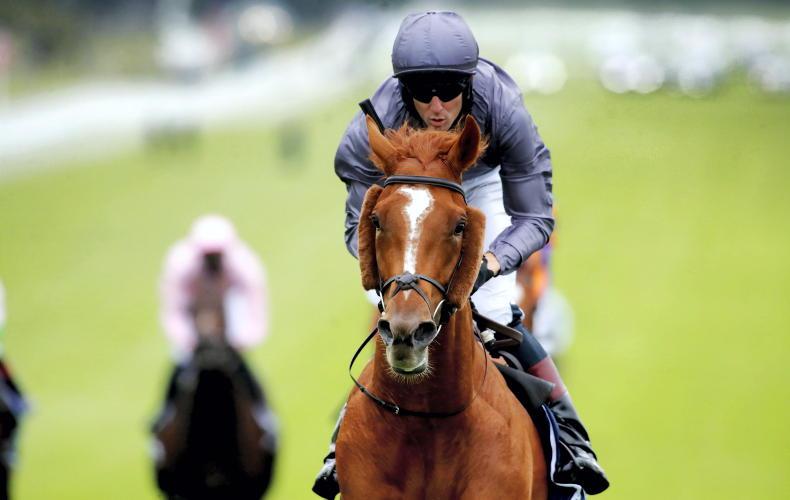 Team Ballydoyle will often have at least three or four of the best mile-and-a-half colts around, so obviously will increase the quality of the contest but so much so, that it is off-putting to the opposition and plenty don’t even bother any more.
Team Ballydoyle will often have at least three or four of the best mile-and-a-half colts around, so obviously will increase the quality of the contest but so much so, that it is off-putting to the opposition and plenty don’t even bother any more.
When I spoke to Nick Bradley, whose syndicate investment vehicle has been emerging fast in recent years, for the Big Interview last year, he basically said there is no point trying to go down the Derby road and taking on Aidan O’Brien and Galileo.
And for some, the race just isn’t fashionable any more. Ger Lyons, when asked about the Derby last year, told Nick Luck that the race doesn’t do it for him and hasn’t since Sea The Stars won it.
“Even the guys say when you win a Derby, you have to bring them back and win over 10 furlongs to prove them valuable at stud,” Lyons said. “When I was growing up, you’d win a Derby and you went for the Triple Crown. You didn’t devalue a horse by winning the Derby, you became the champion horse. Nowadays ... you win a Derby and you seem to devalue a horse.”
Damning
That is a damning verdict for a contest that for years has provided champion sires who have shaped the breed but many will agree with Lyons’s sentiment, if not publicly. Remember the outcry after Kameko’s Guineas win last season when Andrew Balding said he’d have to get around David Redvers, Qatar Racing manager, as “he’s worried about what breeders might think if you win a Derby.”
That outcry was correct because we should feel strongly about a race with such a glistening history and the spectacular sporting test that it is, one which is the envy of every other race organiser in the world of racing.
What has been done? Well, in 2017 the European Pattern Committee announced the details of a plan to reinvigorate and protect the stayers’ division which included the upgrading of the Goodwood Cup to a £500,000 Group 1 and that there will be no downgrading of pattern races over a mile and five furlongs or further until next year.
The British Horseracing Association stressed at the time that it would take three to five years for any changes to take a real effect but, judged by the leading five first season sires stated above, any significant impact has yet to be seen. However, such a strategy should be pursued because if we can make it more attractive for breeders/buyers to go down the staying route, the Derby’s curve can make a much needed upturn. 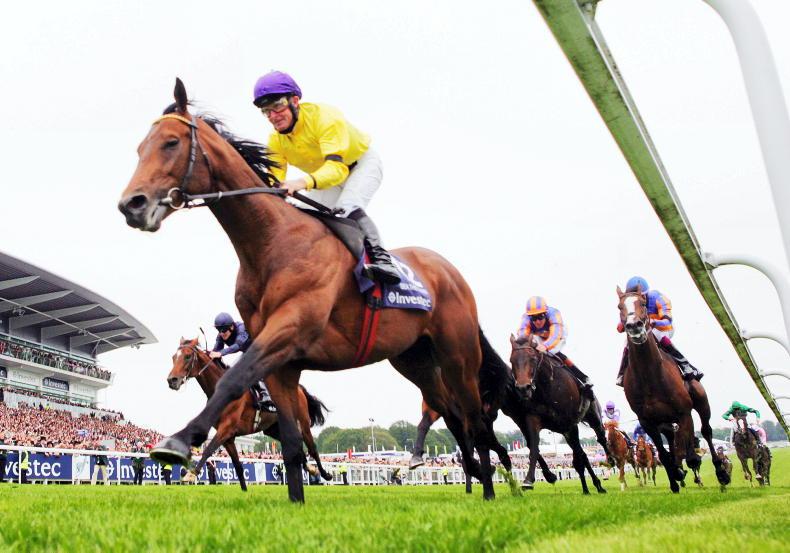
More immediately, we could do with a big Derby story or a big Derby winner. There probably hasn’t been one since Golden Horn, who conquered Epsom before plundering the biggest races of the Irish and French calendars later in the season.
Bolshoi Ballet could be that horse. He’s unbeaten this season, uncomplicated and was a highly impressive trial winner. High Definition has star quality as well. And Mac Swiney would provide a chapter that fits in well with the history of the Derby. Wins for John Leeper, Mohaafeth and Youth Spirit would all also be special stories in a race first run 241 years ago.


 This is a subscriber-only article
This is a subscriber-only article
 It looks like you're browsing in private mode
It looks like you're browsing in private mode




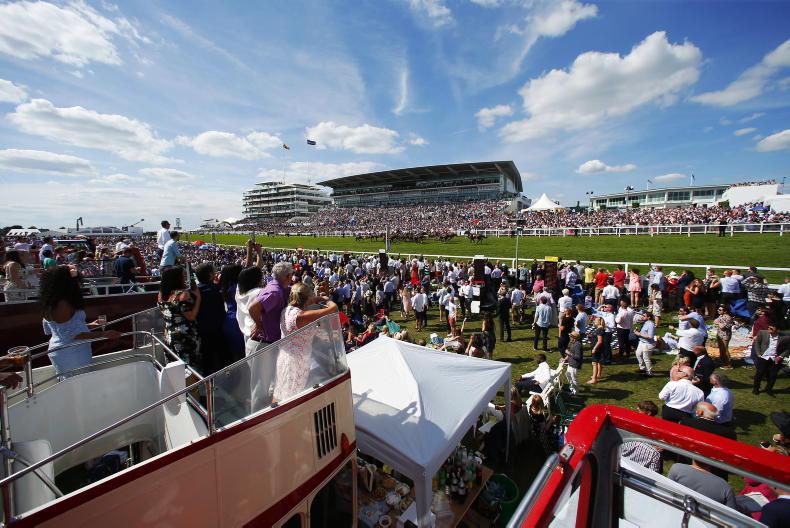





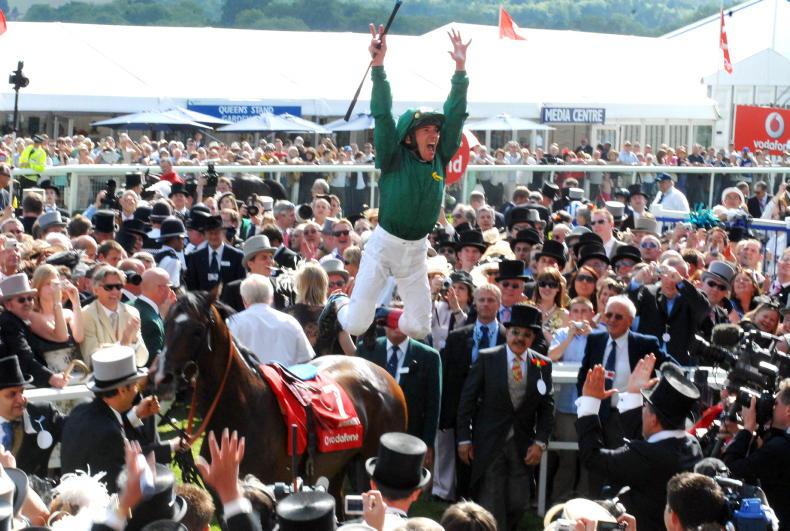


SHARING OPTIONS: